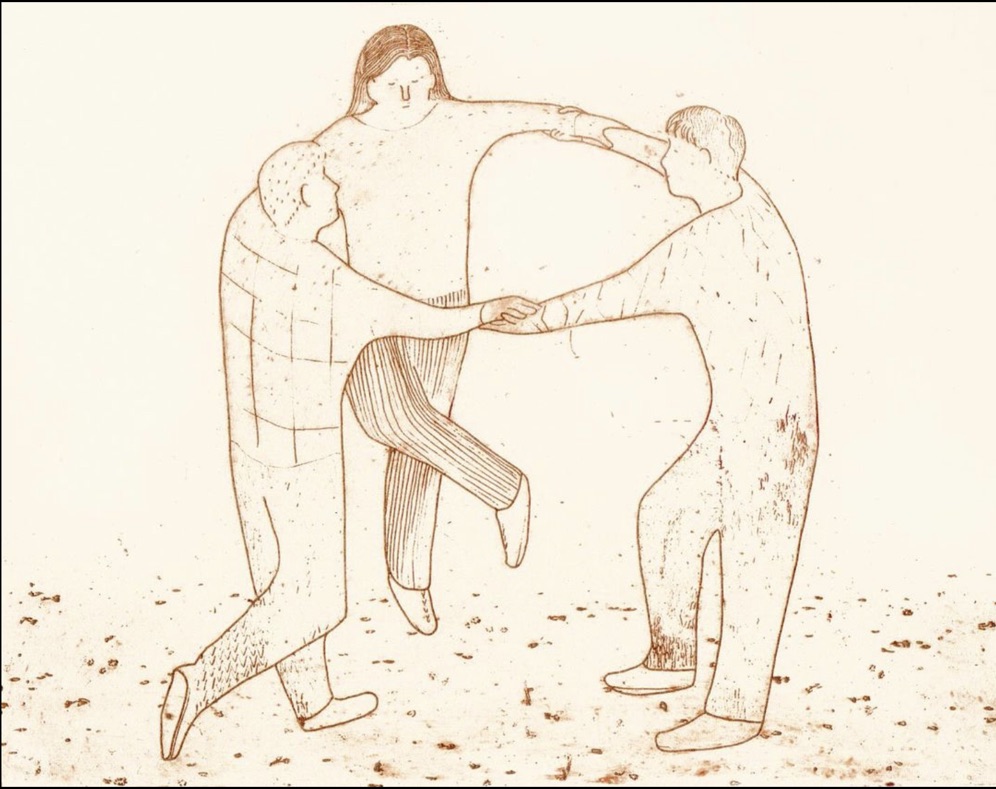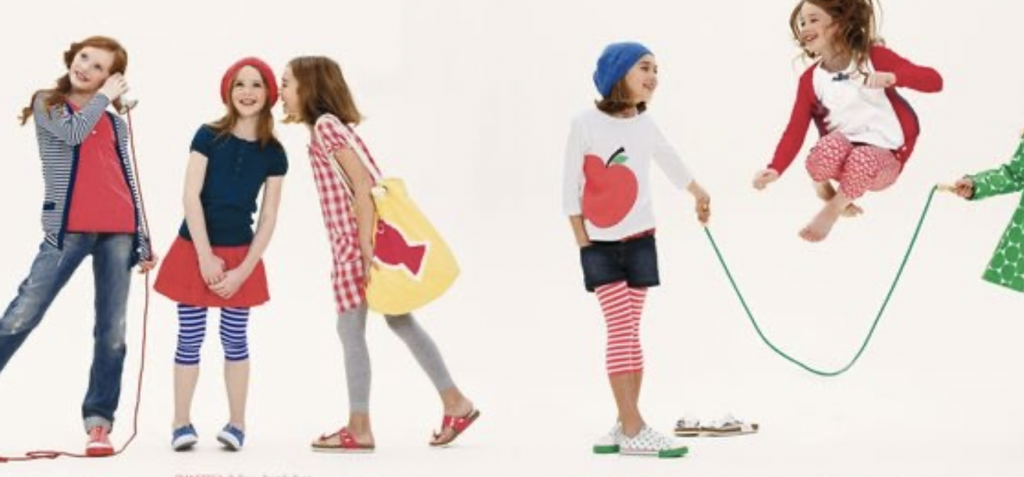Creativity / Imaginary / Explorational

While play is often seen as something children do for leisure and recreation, play is actually a crucial part of a children’s development. Play is a self-chosen and self-directed activity that is focused on the process of play and not the product of it. Play is individually constructed to meet the child’s desires and needs. Finally, play is imaginative and active (Gray, 2013). Play is children’s work. Through play, children develop cognitive skills and learn new information. They learn and practice social skills, like effective communication, self-regulation, conflict resolution, problem-solving, and cooperation. Furthermore, they learn about themselves by exploring roles, interests, skills, and relationships. Play is how children explore their world.
Types of Play

According to Piaget, children engage in types of play that reflect their level of cognitive development. Originally proposing three levels of play: functional play, symbolic play, and games with rules. Smilansky expanded on Piaget’s model to add a fourth level: constructive play. Each type of play emerges at different ages and stages of cognitive development, and the prominence of the level of play changes with maturation, as well (Johnson, Christie & Wardle 2005).
Leave a Reply